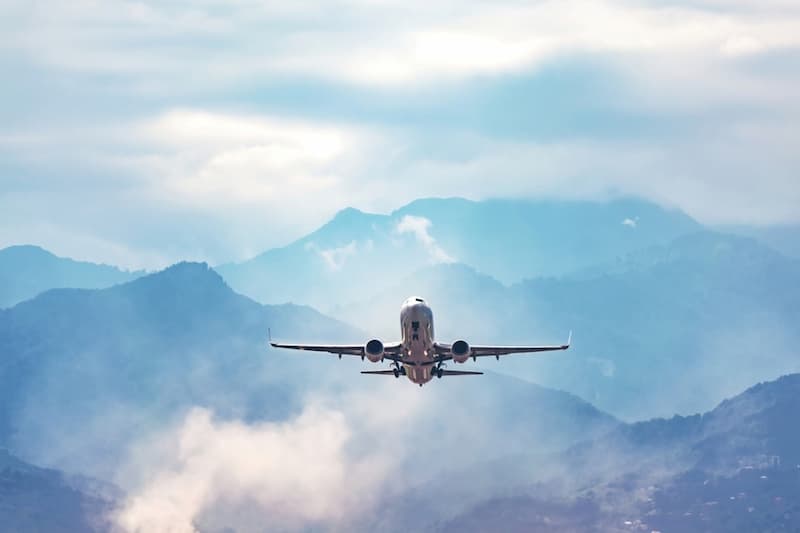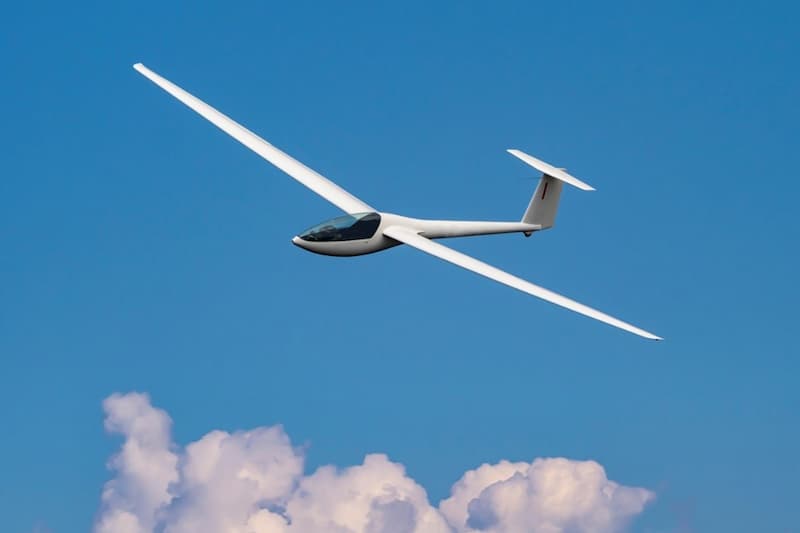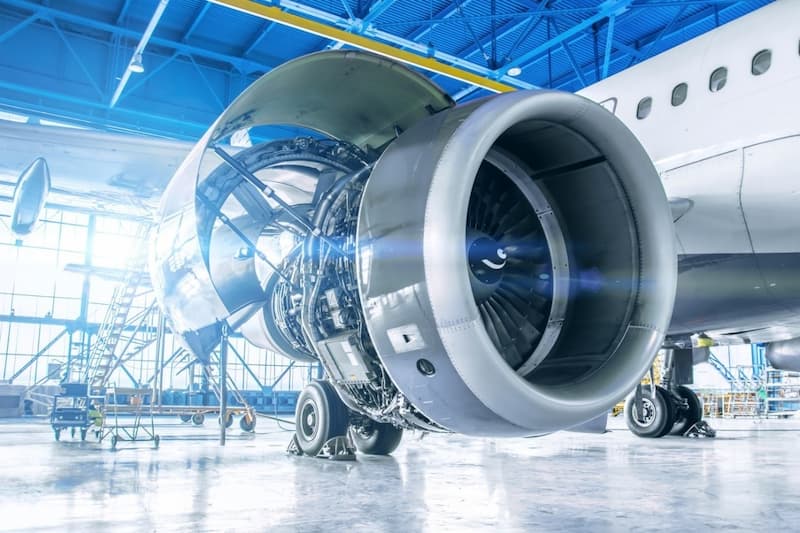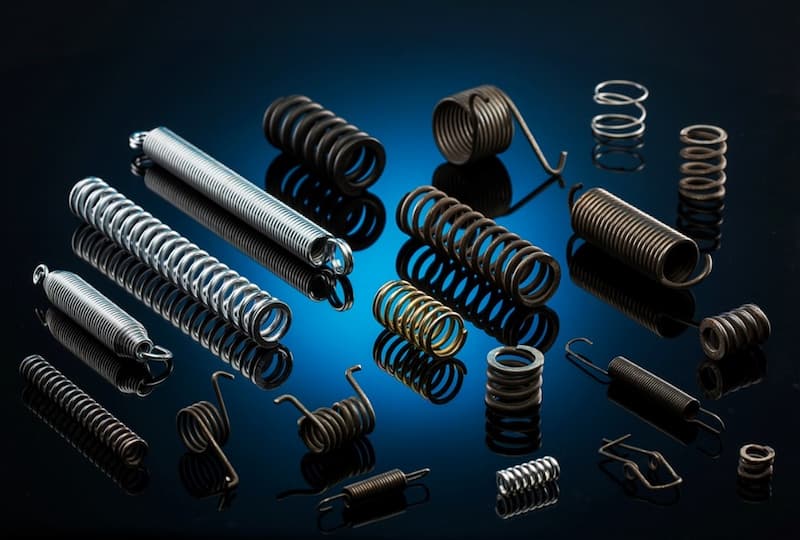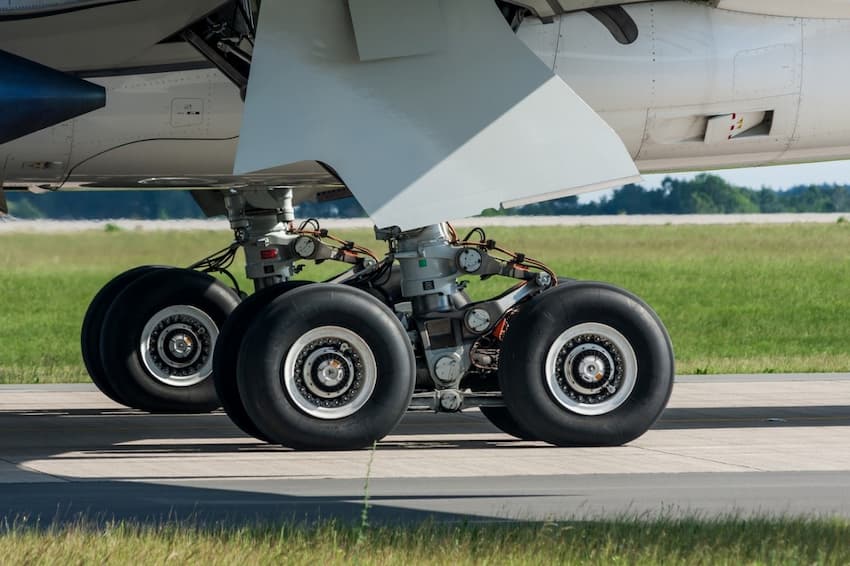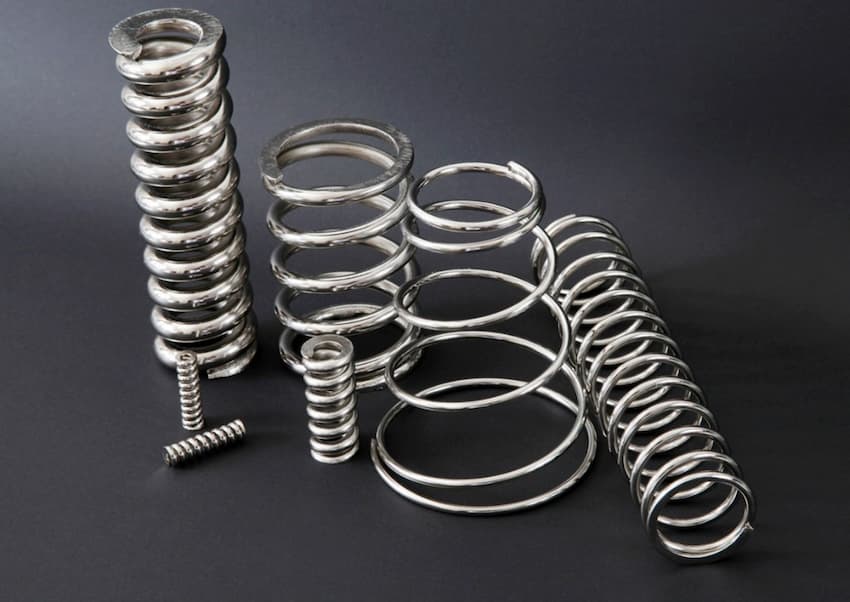Why Aviation and High-Quality Springs Are Inseparable Partners
Over the centuries, the dynamic evolution of spring design has undeniably helped the aviation industry to take flight, playing an instrumental role in its progress.
Springs have emerged as indispensable elements serving a multitude of purposes, from absorbing vibrations in the aircraft cabin to mitigating the effects of turbulence and rough landings for passengers.
The synergy between these two industries is unmistakable, with high-quality spring design showcasing remarkable versatility and functionality across various applications to improve overall aircraft design and performance. It is safe to say that springs, in their myriad shapes, represent the backbone that ensures the flawless operation of conventional aircraft and many other devices, including drones and satellites.
Let’s take a journey into the fascinating world of springs and aviation to see how their partnership began.
From Early to Modern Aircraft and Everything in Between
Since the early days, spring design has always been a key part of aviation thanks to the large number of spring types that could meet the most diverse and specific mechanical requirements in aircraft components to ensure optimal performance and overall safety. Let’s delve into their main uses and applications.
Early Aircraft Control Surfaces
At the dawn of aviation, it was only natural that inventors and pioneers would experiment with all sorts of tools to perfect gliders and powered flight. Here, springs played a fundamental role in designing control surfaces such as ailerons and elevators and assisted in providing them with the necessary flexibility and responsiveness, contributing to the stability and manoeuvrability of the aircraft.
Shock Absorption and Landing Gear
The development of landing gear systems was another field where springs were essential as they helped absorb the initial rough impact during landings. The incorporation of springs in landing gear design was a complete game-changer, and it significantly improved landings, making them smoother for both the aircraft and its passengers.

Engine Mechanisms
Early aviation engine mechanisms’ efficiency and reliability entirely depended on springs. They were utilised in various components ranging from valve systems to mechanical linkages, with the crucial purpose of regulating and controlling engine functions.
Parachute Deployment Systems
Pilot safety was another aspect of early aviation where springs played a pivotal role. The development of parachute deployment systems heavily relied on the use of springs to facilitate the rapid and controlled opening of parachutes.
Modern Aircraft Systems
Finally, in contemporary aviation, springs continue to be indispensable elements employed in a wide variety of systems, including landing gear systems, flight control surfaces, engine components, and other extremely sophisticated applications. Their design has become incredibly specific and refined to improve the overall efficiency, safety, and reliability of modern aircraft.
Types, Materials, and Characteristics in Spring Design
Having emphasised the significant role that spring design has played throughout the centuries, dating back to the early stages of aviation, let’s now explore its specific aspects. Which types of springs exhibit the greatest versatility in the industry? What materials prove to be the best? In which environments do they showcase optimal performance? Engineers face the challenge of striking a balance among these considerations to craft springs that are both dependable and enduring, thereby enhancing the safety of aircraft operations.
On our end, we will leverage our extensive expertise and comprehensive knowledge to answer these questions.
Types of Springs
The primary spring types commonly employed in aviation are compression springs and extension springs. A further addition is torsion springs. Here is an outline of their principal features and applications:
- Torsion Springs: designed to withstand twisting or rotational forces, they are often used in control systems, such as aileron and rudder control mechanisms.
- Compression Springs: specifically designed to absorb and store energy when stressed by a compressive force, they are vastly utilised in landing gear systems and shock absorbers.
- Tension Springs: these springs absorb and store energy when stretched and are mainly used in retractable landing gear systems and cargo door mechanisms.
Materials
When it comes to springs in aviation, materials are as important as their design. Springs must be durable and resistant, so they are typically made from materials with high strength, corrosion resistance, and fatigue resistance. Common materials include alloys like stainless steel or titanium, chosen for their durability and ability to withstand harsh environmental conditions. This material selection ensures that aviation springs not only meet stringent performance standards but also contribute to the reliability and longevity of aircraft components.

Fatigue Life, Reliability, and Weight
Aviation springs must undergo rigorous testing to ensure their reliability and durability. Components are subjected to repeated cycles of loading and unloading to simulate the stress they will experience during their operational life. The goal is to design springs that have a long fatigue life to endure the demands of aviation applications. Weight is another critical factor. Springs need to be lightweight while still meeting strength and performance requirements. Engineers often optimise their design to reduce weight without compromising on safety and functionality.
Environmental Conditions
The operational demands placed on aviation springs are different, and several environmental challenges must be taken into account. These challenges include extreme temperature variations, humidity levels, and exposure to corrosive elements present in the aerospace environment. To ensure exceptional performance, the strategic combination of material resilience and protective measures is paramount, safeguarding aviation springs from degradation.
High-Quality Springs at European Springs IE
As we saw, the long-lasting bond between aviation and high-quality springs is undeniable. In this article, we learned how spring technology has consistently proven to be an indispensable element that significantly contributed to the development, evolution, and success of the aviation industry across the centuries.
As we continue to propel towards new horizons, European Springs IE is proud to be part of this adventurous journey by providing industry-leading spring solutions to the aviation sector, ensuring a safe and smooth journey for all.
Browse our stock spring and pressings catalogue online or contact us today for a bespoke order. We are confident we can provide you with any component that you need to start your project.
